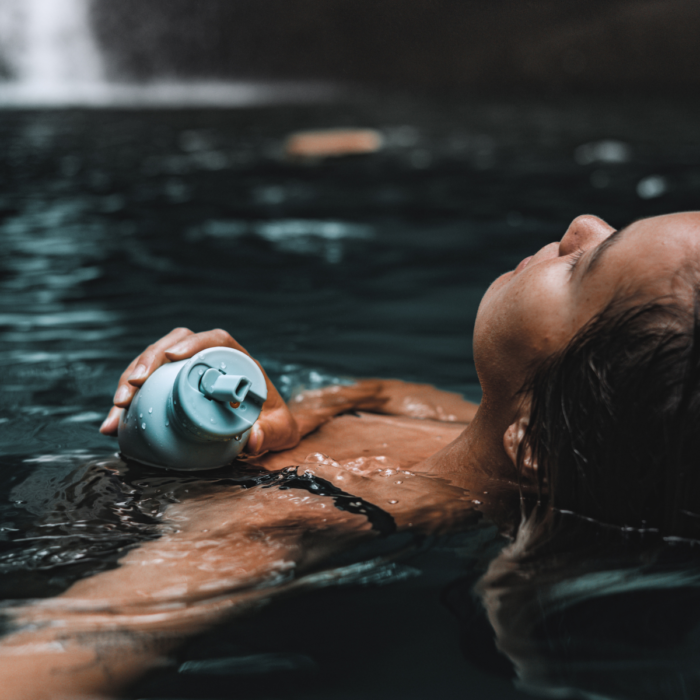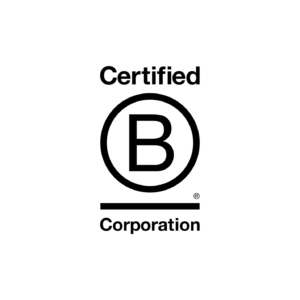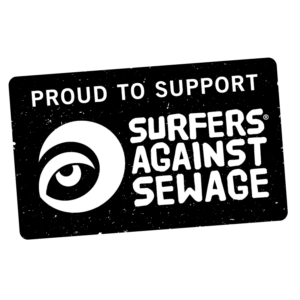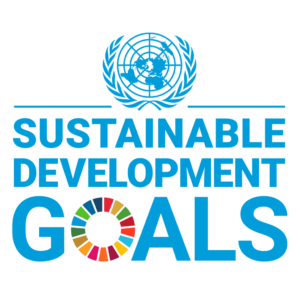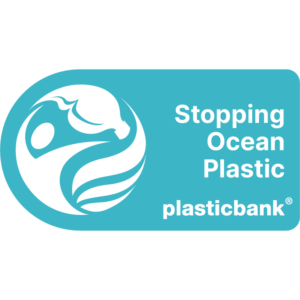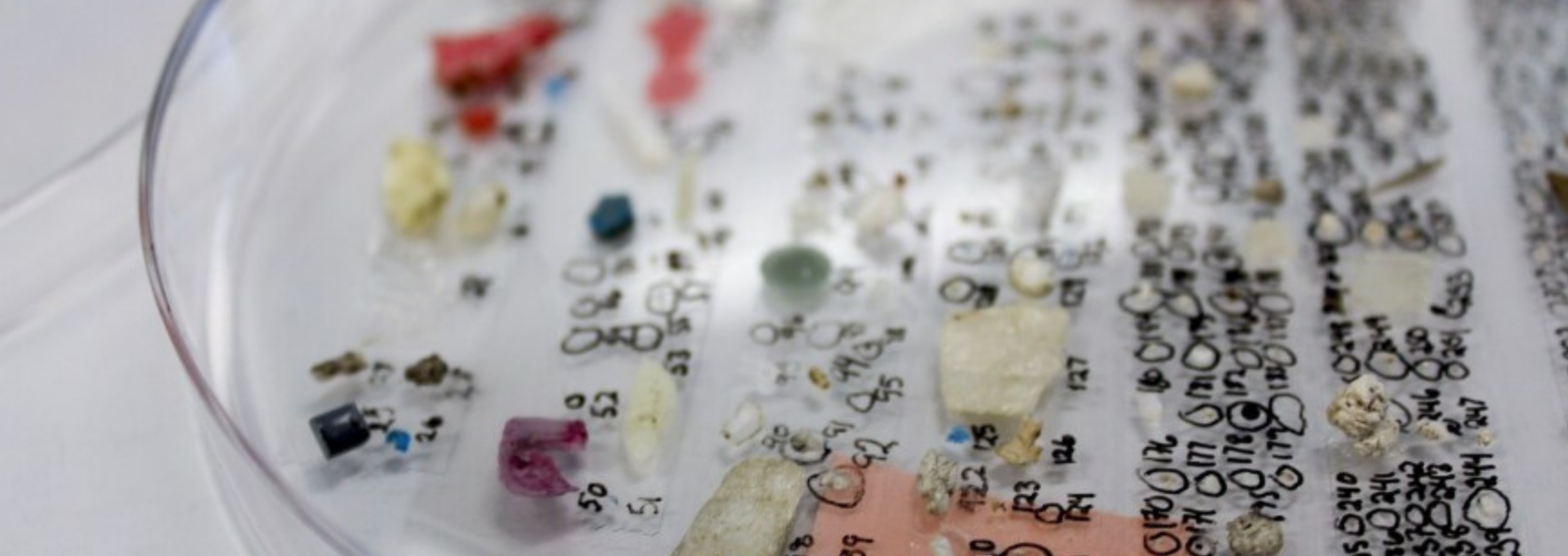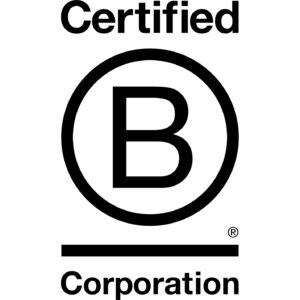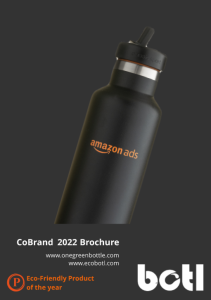Home » Home » How to avoid microplastics
How to avoid microplastics
Avoiding microplastics is essential because they pose significant risks to both human health and the environment. These tiny plastic particles can enter the body through food, water, and air, potentially causing inflammation, tissue damage, and hormonal disruptions due to toxic chemicals they carry or contain. Microplastics are also found in ecosystems worldwide, impacting wildlife and the food chain, which eventually affects human health. Reducing exposure to microplastics minimizes these risks while promoting a healthier, more sustainable environment for future generations. By making conscious choices, such as using reusable alternatives and supporting sustainable practices, we can reduce the prevalence of microplastics in our lives and the planet.
See Full details below
Over the past 25 years, a growing body of research has highlighted the serious health risks associated with plastics, with many studies suggesting potential links to a variety of diseases. However, a landmark paper published in November 2024 has taken this concern a step further by identifying a direct connection between microplastics and alarming health trends. Specifically, the research demonstrates a strong correlation between microplastic exposure and the increasing incidence of colon cancer in individuals under 50, as well as certain types of childhood cancers. This study sheds critical light on how microplastics, which are pervasive in our environment and food chain, may contribute to these concerning trends. The findings emphasize the urgency of addressing microplastic pollution to safeguard public health, particularly for vulnerable populations such as children and younger adults. This research underscores the pressing need for further investigation, stricter regulations, and widespread efforts to reduce microplastic exposure.
- Filter Your Water
- Install a Water Filter: Use a high-quality water filter capable of removing microplastics, such as reverse osmosis or those with nanofiltration membranes.
- Choose Glass or Stainless Steel Bottles: Avoid bottled water, as studies show it often contains more microplastics than tap water.
- Scientists found 240,000 microplastic particles in bottled water contained to under 50 pcs in tap water
- Be Mindful of Food Choices
- Seafood Caution: Many marine organisms ingest microplastics, which can transfer to humans. Opt for seafood from trusted, sustainably managed sources.
- Avoid Processed Foods: Packaging materials, especially plastic, can leach microplastics into food. Choose fresh, unpackaged items whenever possible.
- Wash Produce: Rinse fruits and vegetables thoroughly to remove plastic particles that may settle on their surfaces.
- Reduce Plastic Use
- Food Storage: Use glass, stainless steel, or ceramic containers instead of plastic for storing and reheating food.
- Avoid Heating Plastic: Never microwave food in plastic containers, as heat can cause plastics to release harmful particles and chemicals.
- Reusable Bags and Wraps: Switch to cloth or beeswax wraps instead of plastic bags or wraps.
- Improve Indoor Air Quality
- Vacuum Regularly: Microplastics can accumulate in household dust. Use a vacuum with a HEPA filter to minimize airborne particles.
- Ventilate: Keep your home well-ventilated to reduce microplastic buildup in the air.
- Reduce Synthetic Fabrics: Limit the use of synthetic textiles (e.g., polyester, nylon) in carpets, curtains, and furniture, as they shed fibres.
- Opt for Natural Materials
- Clothing Choices: Choose natural fibres like cotton, wool, or hemp over synthetic fabrics. Wash synthetic clothing less frequently and in cold water to reduce microfiber shedding.
- Use a Guppyfriend Bag or Microfiber Filter: When washing synthetic clothing, use products that capture microplastics before they enter wastewater.
- Support Policies and Innovations
- Advocate for Better Waste Management: Support initiatives aimed at reducing plastic pollution and improving recycling systems.
- Invest in Sustainable Products: Choose brands that prioritize sustainable practices, like those using recycled or biodegradable materials.
- Stay Educated
- Read Labels: Avoid personal care products containing microbeads
- Follow Research: Keep up-to-date with studies and recommendations on reducing microplastic exposure.
Filtered tap water is generally safer and more sustainable than plastic bottled water. Tap water is subject to strict regulations and quality testing, and filtering can further remove impurities like chlorine, heavy metals, or contaminants. In contrast, plastic bottled water often contains microplastics, as studies have consistently shown higher levels of these particles compared to tap water. Additionally, chemicals from the plastic, such as BPA or phthalates, can leach into the water, especially if bottles are exposed to heat. Opting for filtered tap water not only reduces potential health risks but also minimizes environmental harm caused by plastic waste.
Together we have saved billions of single use plastic bottles from the ocean.
We are making caps from ocean plastic and for every bottle sold we reclaim 50 plastic bottles from the ocean. We are Ocean Stewards. We are Certified B-Corp.
